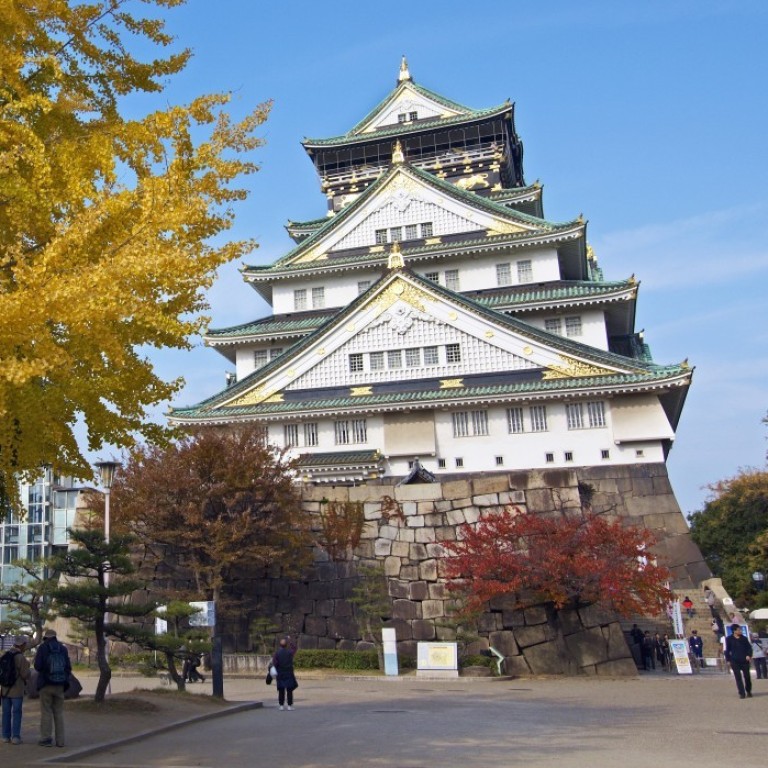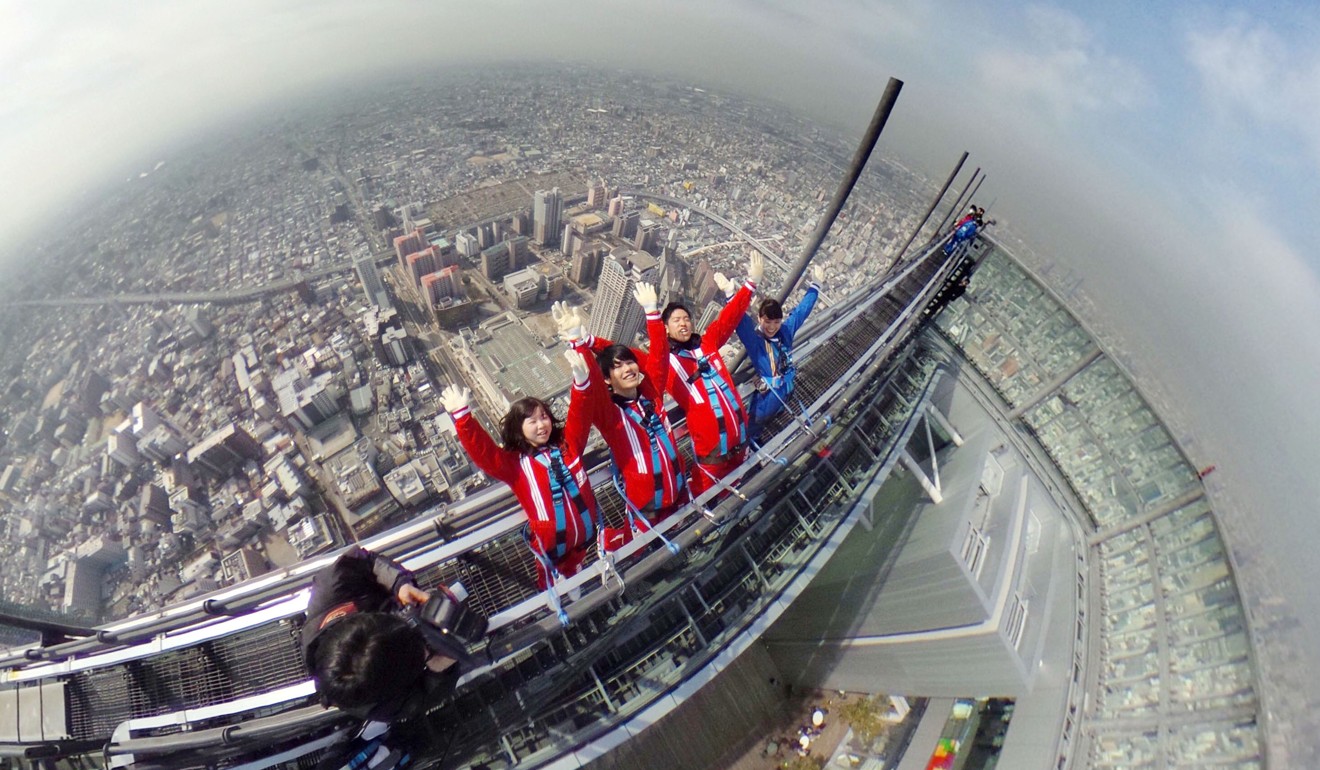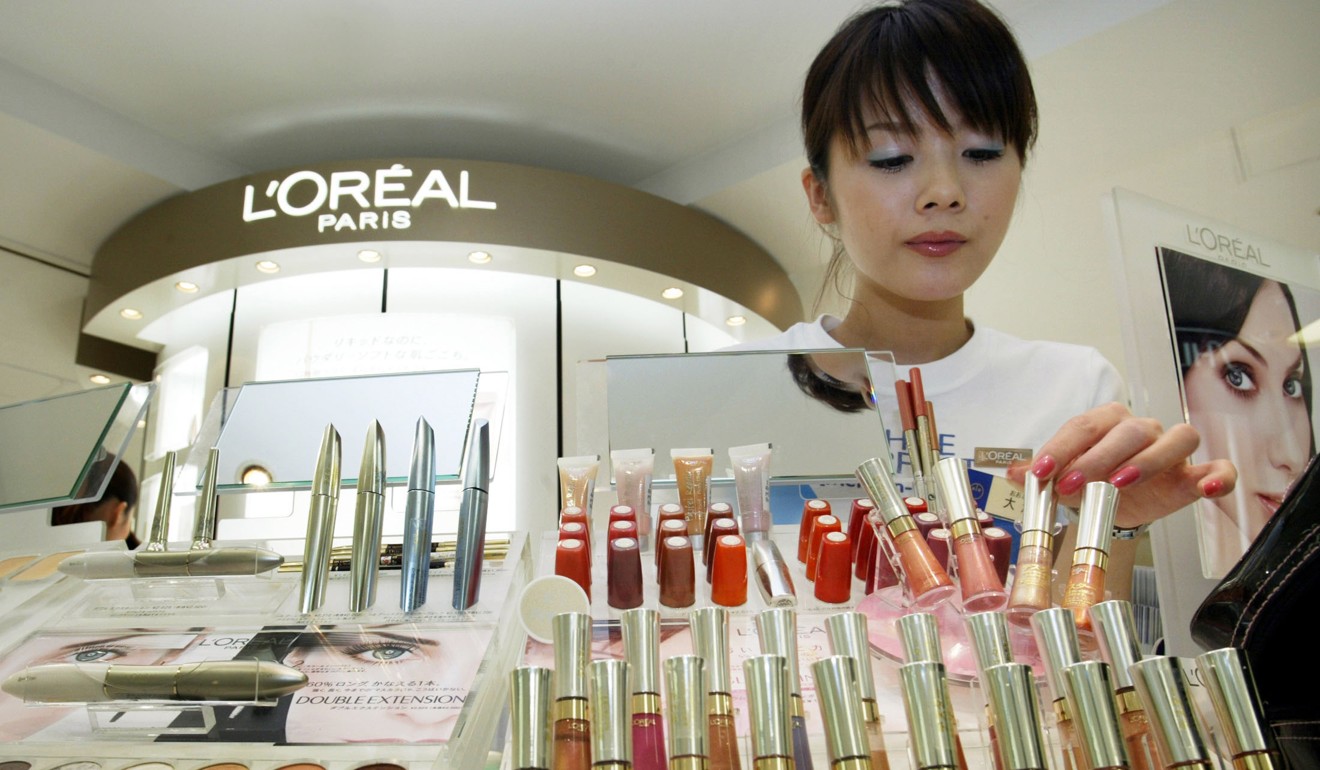
Osaka, long overshadowed by Tokyo, gains favour with Asian tourists as visitor numbers surge
- Tourism in Osaka is surpassing that of the capital city, and the trend is likely to continue once the city’s casino is built, say analysts
Osaka, long considered Japan’s “second city”, is winning the race against the capital to draw foreign tourists, as it lures low-cost carriers and promotes itself as a base to visit the 25 World Heritage Sites in nearby Kyoto and Nara.
The city saw 11.1 million foreign visitors in 2017, a five-fold surge from 2012, making it Japan’s fastest-growing inbound tourist destination, government data showed. By contrast, visits to Tokyo roughly tripled in the same period.
Foreign visitors to Osaka could reach 26 million per year by 2030, said real estate consulting firm CBRE.

The city’s compact layout and food culture have proven a hit with Asian tourists, and that has created new opportunities for start-ups, social media marketing consultants and foreign property developers.
Osaka and its surrounding cities may become the most visible example of how Prime Minister Shinzo Abe’s economic policies have changed Japan.
Since Abe took office in late 2012, the government has relaxed visa requirements for China and other Southeast Asian countries.
“I’ve been to Osaka three times, and I like it better than Tokyo,” said Zhang Xin Jie, 30, a software engineer from Shenzhen, China, at a shopping arcade in Osaka’s bustling Shinsaibashi district. “I like the vibe, the history, and the shopping.”
Chinese tourists will be first in line for Japan’s electronic visas
But amid the tourism boom, retailers and property developers are adapting to shifting tourism spending patterns.
Initially, developers and retailers scrambled to build new hotels, expand floor space, and install cashless payment systems like Alipay and WeChat to keep up with the sudden influx of big-spending tourists, mostly from China.
But tourism is now entering a new phase, with Chinese tourists growing more interested in beauty treatments, maternity wear, baby bottles and other goods that cost much less than luxury items, retailers say.

“The amount purchased per customer is falling, so we are reaching a point where we need to think more about selling experiences instead of selling only goods,” said Tatsuya Inagawa, deputy manager of public and investor relations at Takashimaya’s Osaka store.
More Chinese shoppers are asking sales assistants to show them different make-up techniques, according to Inagawa, so stores may offer tourists more beauty counselling.
Some start-ups are taking things a step further by marketing Osaka to Chinese tourists as a destination for spa treatments and medical tourism.
Mainland Chinese tourists prefer Australia, Japan and Singapore over Hong Kong: survey
Property development, which was once red-hot in Osaka, is also starting to slow.
New construction of hotels and restaurants surged six-fold from 2012 to 2017 but slumped by 87 per cent in 2018 compared with the previous year, a sign of concerns that too much supply came to market too quickly. Construction of wholesale and retail space also fell 28 per cent in 2018 from the previous year.
But some property analysts and retailers say the slowdown in tourist spending and property development is just a temporary dip.

Their rationale: Osaka plans to open a 1 million-square-metre casino and conference centre in fiscal 2024, touted to be on par with Singapore’s casino on Sentosa Island.
The Osaka facility is expected to draw 2.2 million visitors by 2030 at an estimated economic impact of 760 billion yen (US$6.8 billion) per year.
In addition, Osaka will host a Group of 20 heads of state summit in June, Rugby World Cup matches in September and October, and a World Expo in 2025, which should keep tourists and their money flowing steadily into Osaka and the Kansai region.
Halal dim sum, airport prayer rooms: how Hong Kong, Japan and South Korea won over Muslim travellers
“Tourism in Osaka is growing faster than in Tokyo, so I am certain that one day soon we will overtake Tokyo,” Hirofumi Yoshimura, mayor of Osaka city, told reporters in Tokyo.
“Osaka is close to a lot of attractions in Kyoto and Nara that tourists want to see,” Yoshimura added. “This is a catalyst for tourism that Tokyo doesn’t have.”

